
By WALTER IMAHARA, Special to The Rafu
From Hiroshima to Louisiana: This is a story of a monument that survived the atomic bomb dropped on Hiroshima on Aug. 6, 1945, 75 years ago. The power of the atomic bomb was so great that the city of Hiroshima was destroyed.
In 1977, when my father and I visited Japan for the first time, we found the Imahara family monument at the Zenkyoji Temple on the outskirts of Hiroshima. Amazing…the monument and the temple were not destroyed; the area was protected by the hills.
Though the monument resembles a tombstone, it is a sacred family stone sculpture.

On a more recent family trip to Japan in 2015, my wife Sumi and I found that our family monument had no damage from the A-bomb. We approached the Buddhist priest about the possibility of removing the monument and shipping it to the U.S., as in Japan, such a monument is the property of the Buddhist temple and not the family. The initial talks were very positive, and we began planning the relocation of the monument to America.
After speaking to the Buddhist priest again, we made arrangements to ship the monument to Louisiana. The monument went from Hiroshima to Los Angeles to Houston, then by truck to Imahara’s Landscape Co. in Baton Rouge.
On Sept. 20, 2019, after its 7,000-mile trip, we placed the Imahara monument facing west, toward Japan, at Imahara’s Garden, Hemingbough, in St. Francisville, La. An azalea group planting is arranged so that the monument is in front of the 45-acre lake near the red torii gate, which “marks the boundary between the material outside world and the sacred space of the shrine.” (www.japan-experience.com)
My great-grandfather, Sobee Imahara, had a fourth son, Sagoro, who was born May 2, 1863, and died Feb. 3, 1895. The story is that Sobee built the monument in Hiroshima to honor Saguro. The writing on the monument was translated by Yoshinori Kamo, Ph.D., LSU:
Front side. “Grave of Everyone in the Imahara Family (past and future).”
Left side: “June 17, 1901. To commemorate the posthumous awarding of a medal.”
Right side: “May 5, 1884. Saguro started from a seaman junior apprentice. He was promoted to a first-class seaman. He received good conduct stripes and eventually received and was allowed to wear an imperial shoulder award for rescue. Afterward, he was assigned to be a crew member of the cruiser Tshkuski. Sagoro Imahara died in honor in the attack in Weihaiwei, China, on Feb. 3, 1895.”

The Imahara family story started in Hiroshima. My great-grandfather had another son, my grandfather, Minezo Imahara, who was born in 1857 and came to America in 1895, seeking a new horizon and golden opportunities. His journey brought him first to Hawaii, then to Guatemala, to Mexico, and to Watsonville. Minezo worked for James Redmond, farming sugar beets and apple crops. Minezo’s parents selected a picture bride from Hiroshima by the name of Mika Nishita.

My father was the first born in the Imahara family in America. James Masaru Imahara, born 1903, thus became the second generation, called Nisei.
Then: Pearl Harbor, Dec. 7, 1941.
My grandfather, Minezo, and my grandmother, Mika, passed before the family went into the infamous internment camp. My father and his family went into the internment camp from 1942 to 1945. I was 4 years old.
We spent three and a half years in an American concentration camp behind barbed wire.
My father, James, is noted for the restoration of the Afton Villa Gardens from 1948 to 1951 in St. Francisville. The Imaharas now own a landscape company in Baton Rouge.
In 2018, we built the new Japanese American garden at Hemingbough, Imahara’s Legacy Garden, to honor our parents. The new stroll gardens are open to the public.
The family plans to create, as well, a museum at Hemingbough similar to the family museum at the 54-acrea Imahara Botanical Gardens on Tunica Road below Catholic Hill, which we closed at the end of April in 2018.
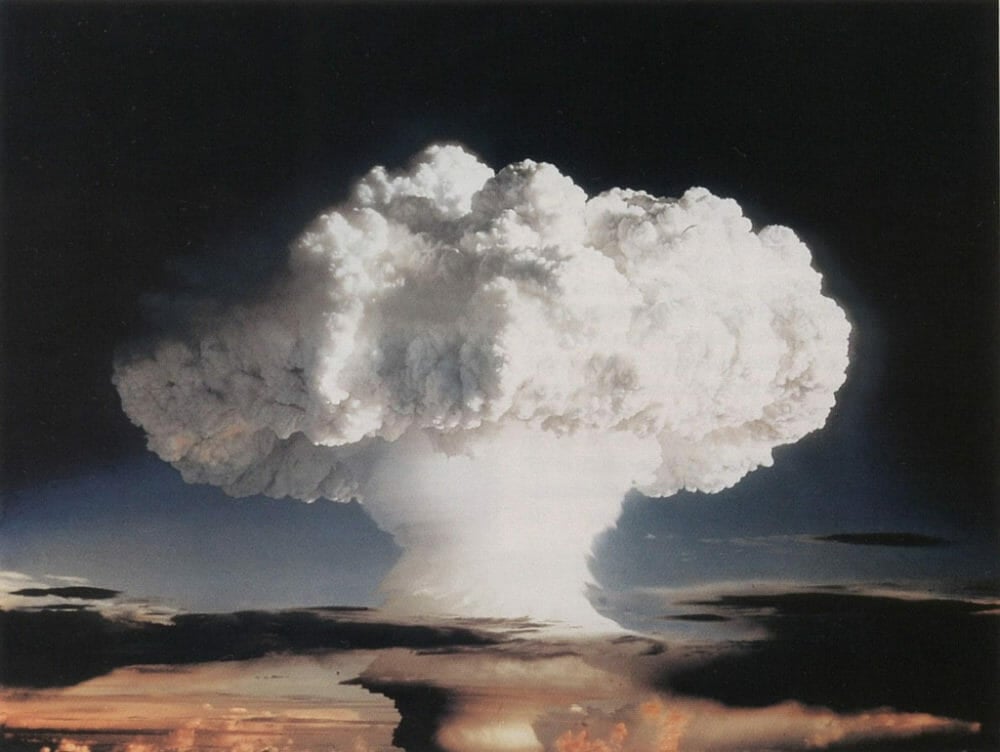 Over Our Heads
Over Our Heads
 Wordle today: The answer and hints for March 18, 2025
Wordle today: The answer and hints for March 18, 2025
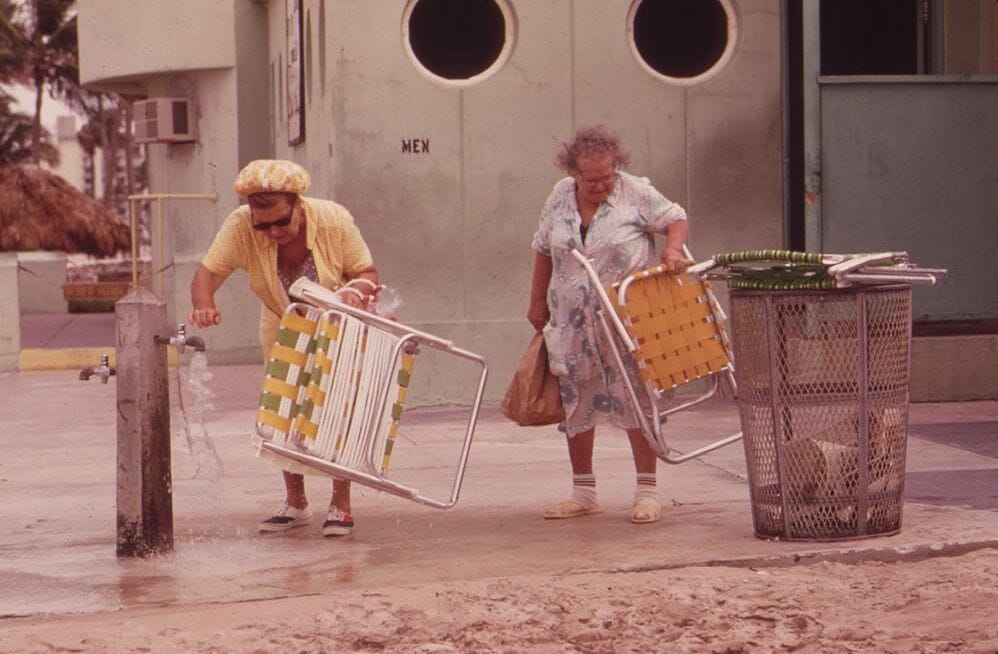 Retirement, Brought to You by Prisons, Inc.
Retirement, Brought to You by Prisons, Inc.
 Letterboxd announces TV series reviews coming in 2024; apparently regrets saying so
Letterboxd announces TV series reviews coming in 2024; apparently regrets saying so
 TikTok security ramps up as potential new owners circle
TikTok security ramps up as potential new owners circle
 GM is teaming with Nvidia to produce fleet of self
GM is teaming with Nvidia to produce fleet of self
 Google's new AI model is being used to remove image watermarks
Google's new AI model is being used to remove image watermarks
 Футболист Тюкавин высказался об игре CS2
Футболист Тюкавин высказался об игре CS2
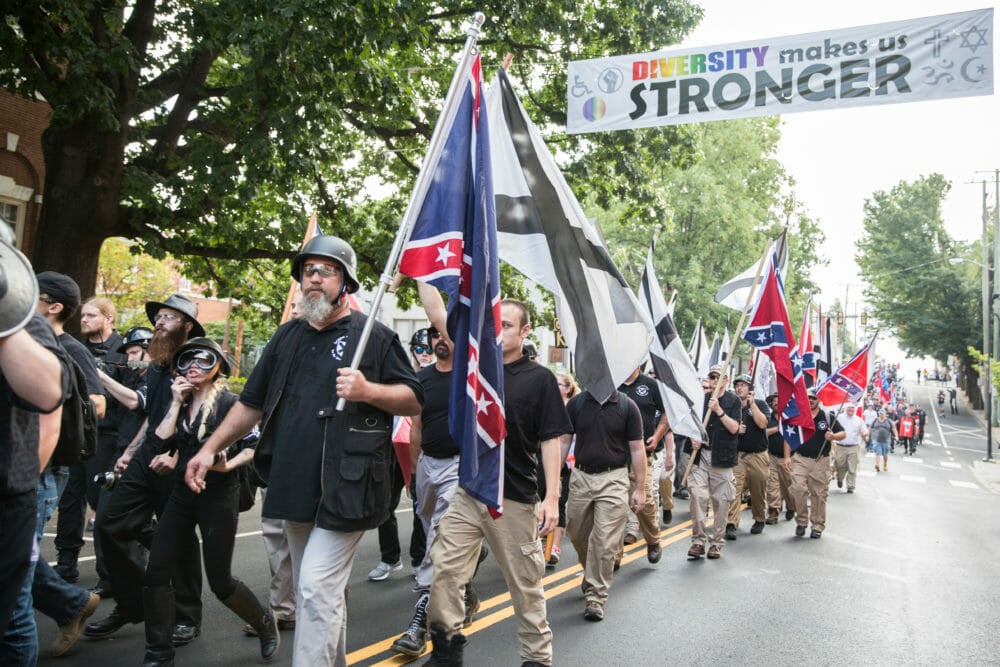 Thwarting a “United Right” in Charlottesville
Thwarting a “United Right” in Charlottesville
 Dota 2 не попала в список дисциплин Азиатских игр 2026
Dota 2 не попала в список дисциплин Азиатских игр 2026
 Bumble adds host of new safety and compatibility features
Bumble adds host of new safety and compatibility features
 Best portable power station deal: Save $950 on the EcoFlow Delta 2 Max at Amazon
Best portable power station deal: Save $950 on the EcoFlow Delta 2 Max at Amazon
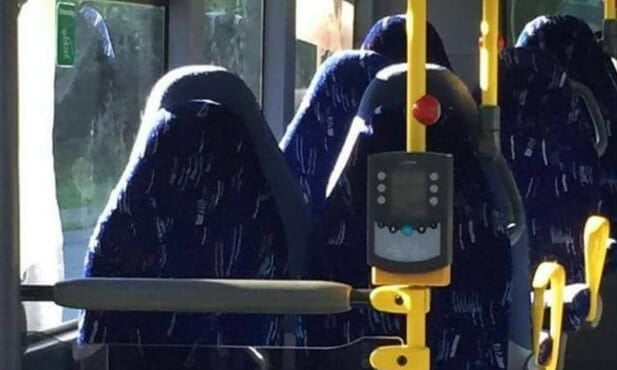 The Norwegians Who Mistook Their Bus Seats for Muslims
The Norwegians Who Mistook Their Bus Seats for Muslims
 Why is everyone identifying as a sapiosexual on dating apps?
Why is everyone identifying as a sapiosexual on dating apps?
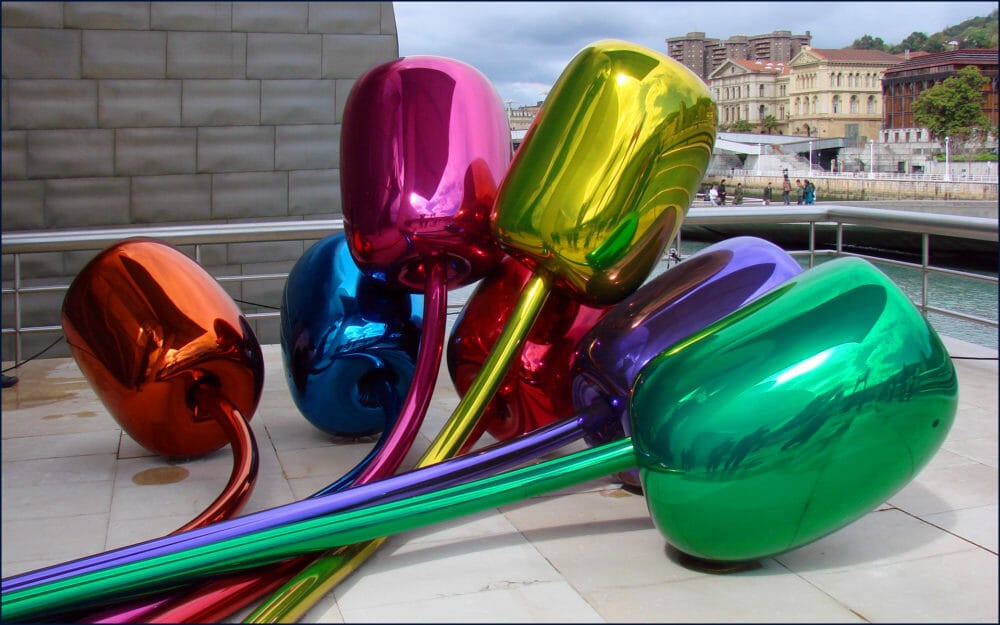 Art After Social Collapse
Art After Social Collapse
 EarFun Air Pro 4 deal: $25 off makes these great earbuds even better
EarFun Air Pro 4 deal: $25 off makes these great earbuds even better
 Webb telescope just snapped direct image of worlds many light
Webb telescope just snapped direct image of worlds many light
 'Stranger Things: The First Shadow' review: How does Netflix do the stage?
'Stranger Things: The First Shadow' review: How does Netflix do the stage?
 Apple iPhone 17 dummies leak, revealing sleek new designs
Apple iPhone 17 dummies leak, revealing sleek new designs
Web3 Innovation Gains Momentum in Central Italy as Gate.MT Leads the ChargeMetal Weapons Banned from Convention Center During Anime ExpoGate.io Launches Futures Testnet Trading ChallengeMagical Night of MusicOBITUARY: Aiko Kawaratani, 95; Owner of Rafu BussanMerge Madrid 24 Wraps Up SuccessfullyGate Group Sponsors the TON Hackathon‘War Is Over!’ Shortlisted for Academy AwardPrepping for Their Moment in the SunComet Space Unveils Poomb Creatures: A Web2 + Web3 Game with Tap Google releases Android 10 with battery Older people way more OK with police using facial recognition, Pew poll finds Samsung might launch the Galaxy Fold in Korea on Sept. 6 Yale wants to smartify Europe's locks with one simple gadget Netflix's 'Falling Inn Love' is what your tired heart deserves: Review The Light Phone 2 is here to try to save you from smartphone burnout The easiest ways to legally follow the NFL this season without cable Sony Xperia 5 is a longphone that maybe makes sense Roku is making a soundbar, and honestly it makes a ton of sense Apple's version of Tile trackers will utilize augmented reality
0.4655s , 10156.4765625 kb
Copyright © 2025 Powered by 【??????? ??????? ??????? ?????】Enter to watch online.From Hiroshima to Hemingbough,